02 Sep How to use metaphors in your story, pitch or presentation
Reading < 3 minutes.
Note: This is part of our biweekly actionable lessons to improve your messaging, speaking & persuasion. Join us now to receive them!
THE STORY
An entrepreneur named Ava ran into a man at a business event, and as the two shook hands, she asked him what he does for a living. He answered, “I’m currently designing a meeting room. Nothing big, though, it’s just for 4 people.” As the evening went on, she met another person who turned out to be a colleague of the first. “What do you do for a living?“ she asked. “We’re currently building an office space downtown,” the colleague answered. As Ava was leaving, she met a third person working on the same project. “We’re building an empire that will forever change the way people work!“ he said, then added, “With a single membership, our customers get access to a network of office spaces around the world where they can work and meet like-minded people!“
When Ava returned to the office the next day, she overheard her teammate, Ben, complain about a bug in the app he’s coding. “I’ve spent two days trying to fix it, but so far I’ve only found a workaround.” Inspired by her encounter from the day before, she answered, “Don’t you see, Ben, we’re building an empire here. This bug won’t matter in the grand scheme of things. Walk me through your workaround, I’m sure it’ll do just fine!“
INTERPRETATION
As is common with stories, several lessons can be drawn from this one:
- Setting a grand vision for your company is necessary, it inspires the whole team and drives them forward
- When you’re stuck at work or lacking motivation, remember to look at the big picture
- Pay attention to details, but not at any cost—always weigh them in context
- Always value your work regardless of your position in the organization, because every brick matters
- Bonus lesson in leadership: the way Ava inspires, reassures, and guides Ben in his hurdle is a trait of good leadership.
UNDER THE HOOD
STORY
- Using a story to convey a message is much more powerful than plainly stating the message
- To fully appreciate this, just compare the story of Ava vs. plainly saying, “You should set a vision for your company.”
- Stories are interpreted differently by the brain which makes them more persuasive
- Good stories generate relatability, impact, and make the message memorable
METAPHOR
- This particular story is organized around a metaphor (i.e. building an empire) since the characters aren’t building an empire in the literal sense
- Metaphors are some of the most powerful rhetorical figures (also called figures of speech). They use comparison to transform words into vivid and impactful images in people’s minds
- Metaphors give depth and impact to the story and help people visualize what otherwise may seem plain or abstract
BONUS: HYPERBOLE
- Hyperbole is a rhetorical figure that uses exaggeration in order to emphasize a point and trigger strong feelings around it
- In Ava’s story, “Empire” and “Forever changing the way people work” are clearly hyperbolic and help add impact to the pitch
➞ Good news: you don’t need to be a communications expert to use metaphors. While Ava’s entire story is organized around a metaphor, which is a more advanced technique, there’s a simpler way to include them in your speech using words and short phrases.
AND RECEIVE SIMILAR LESSONS EVERY 2 WEEKS!
12 METAPHORS YOU CAN EASILY USE AT WORK
- A double-edged sword: refers to something that can have both good and bad consequences
- Corner the market: to control enough market share to influence the market
- Make a mountain out of a molehill: make a big deal out of something minor
- Learn the ropes: to learn the basics of something
- Drive home a point: to make a point in a strong way
- Reinvent the wheel: creating something that already exists
- Having bigger fish to fry: having something more important to do
- On its last legs: when something is losing its ability to function properly
- Bring to the table: bring something of value to a situation
- Face the music: to confront the consequences of a bad decision
- Bite the bullet: having to deal with something you don’t want to deal with
- Between a rock and a hard place: when there’s no easy option or solution
KEY TAKEAWAYS
- Using a story to convey a message is significantly more powerful than plainly stating the message
- Good stories generate relatability, impact, and make the message more memorable
- Metaphors are powerful figures of speech that make your audience effectively visualize what you’re expressing, especially if the message or concept is too abstract
- Hyperbole is a figure of speech that uses exaggeration in order to emphasize a point and trigger emotions
- Using metaphors and hyperboles elevates your story or pitch and makes the message more impactful
Found this useful?
AND RECEIVE SIMILAR LESSONS EVERY 2 WEEKS!


